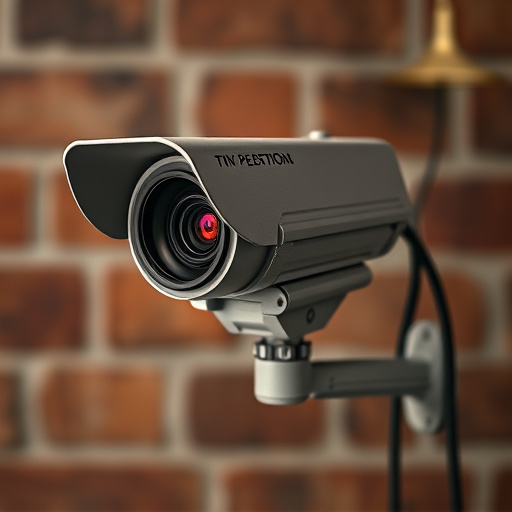Understanding your property's layout and identifying areas needing monitoring is key for outdoor surveillance. Strategically place cameras at eye level or slightly elevated to deter intruders and capture clear visuals for evidence. Use a slight upward tilt to avoid obstructions and aim for 360-degree coverage on elevated surfaces, avoiding direct sunlight for optimal performance.
“Enhance your home or business security with strategic dummy surveillance camera placement. This guide offers invaluable insights into optimizing outdoor surveillance. First, evaluate your specific needs and surroundings. Then, learn how to strategically place dummy cameras for maximum coverage. Discover the art of optimizing angles to deter potential threats and protect your assets effectively. By following these Outdoor Dummy Camera Angle Tips, you’ll create a robust security system that provides peace of mind.”
- Evaluating Your Outdoor Surveillance Needs
- Choosing the Right Dummy Camera Placement
- Optimizing Angles for Maximum Coverage
Evaluating Your Outdoor Surveillance Needs
When evaluating outdoor surveillance needs, understanding your environment is key. Consider the layout of your property and identify areas that require close monitoring. Factoring in obstacles like trees or buildings will impact camera placement, especially when aiming for optimal visual coverage.
Think about the desired field of view—how much space you want to capture on screen. Outdoor dummy camera angle tips suggest positioning cameras at strategic heights and angles to maximize visibility while avoiding blind spots. A well-placed dummy camera can act as a deterrent to potential intruders and provide crucial evidence in case of an incident, enhancing overall property security.
Choosing the Right Dummy Camera Placement
When considering dummy surveillance camera placement, especially for outdoor areas, paying attention to angle tips is paramount. Positioning your dummy cameras at strategic angles can significantly enhance their effectiveness in deterring potential intruders. For instance, mounting them at eye level or slightly elevated can provide a realistic appearance and offer a clear view of passing activity. This angle also allows for the camera to capture license plates and facial features more effectively.
Additionally, positioning outdoor dummy cameras with a forward-facing orientation is crucial. Aiming them towards entry points, such as doors, windows, or driveways, sends a strong message that your property is under surveillance. The right placement can act as a powerful deterrent, misleading would-be intruders and providing peace of mind for the property owner. Remember, the key to successful dummy camera placement is realism, so choose angles and orientations that align with genuine security practices.
Optimizing Angles for Maximum Coverage
To maximize coverage with outdoor dummy camera angle tips, aim for a strategic placement that ensures broad and unobstructed views. Position your dummy cameras at a slight upward tilt to capture a wider area, particularly in landscapes with trees or buildings that might otherwise block sightlines. This vertical angle helps in detecting activities happening across larger spaces.
When setting up outdoor dummy cameras, consider a 360-degree coverage goal. Place them on elevated surfaces like rooftops, balconies, or poles to get the best view. Avoid direct sunlight that could cause glare and reduce camera performance; instead, opt for shaded locations or use external shade structures. This ensures clear, consistent surveillance throughout the day.
When strategically placing your outdoor dummy surveillance cameras, consider these essential angle tips for optimal coverage. By evaluating your specific needs and choosing the right placement points, you can create a comprehensive security network that effectively deterres potential threats. Remember, the key lies in maximizing visibility while maintaining discreetness – ensuring both the safety of your property and the integrity of your system.
